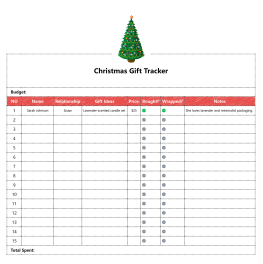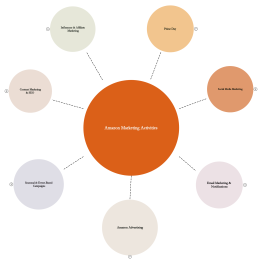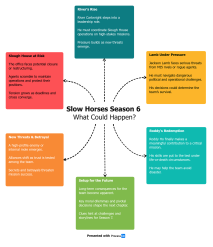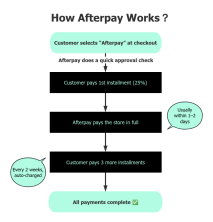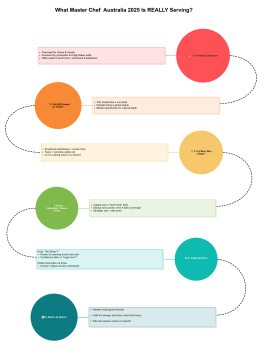
American Tariffs Explained: What You Need to Know About U.S. Trade Policies
3 Report
This mind map serves as a comprehensive guide to understanding 'American Tariffs Explained: What You Need to Know About U.S. Trade Policies.' It delves into the complexities of tariffs, which are taxes on imports designed to protect domestic industries, generate revenue, or retaliate against other nations. The map categorizes tariffs into types such as ad valorem, specific, tariff-rate quotas, and retaliatory tariffs. It traces the historical evolution of U.S. tariffs, highlights sector-specific impacts, and outlines the roles of U.S. trade bodies. Recent developments and economic impacts are also discussed, providing insights into the future of American trade policies.
Related Recommendations
Other works by the author
Outline/Content
See more
Introduction to Tariffs
Tariffs are taxes imposed on imported goods and services.
They are used to protect domestic industries, raise government revenue, or retaliate against other nations.
The U.S. government imposes tariffs through various laws and trade agreements.
Types of Tariffs
Ad Valorem Tariffs - Charged as a percentage of the value of goods.
Specific Tariffs - Charged as a fixed amount per unit (e.g., $0.50 per kg).
Tariff-Rate Quotas - Allow a certain quantity at a lower tariff, with higher tariffs above that level.
Retaliatory Tariffs - Imposed in response to tariffs by other countries.
History of U.S. Tariffs
Tariffs were a major revenue source for the U.S. in the 18th and 19th centuries.
The Smoot-Hawley Tariff Act of 1930 raised tariffs and worsened the Great Depression.
Post-WWII era saw a shift to liberalized trade under GATT and WTO.
Tariffs by Sector
Agricultural Products - Often face tariff-rate quotas to protect U.S. farmers.
Automobiles - Frequently targeted in trade disputes, especially with Europe and Japan.
Steel and Aluminum - Notable tariffs under Section 232 for national security reasons.
Technology - Tariffs used as leverage in disputes with China over IP and trade practices.
Tariff Administration and Regulation
The U.S. International Trade Commission (USITC) and U.S. Customs enforce tariffs.
Tariff schedules are listed in the Harmonized Tariff Schedule of the United States (HTSUS).
The Office of the U.S. Trade Representative (USTR) leads trade negotiations and decisions.
Recent Developments
The Trump administration imposed tariffs on hundreds of billions of dollars of Chinese goods.
China retaliated, escalating a trade war between the world's two largest economies.
The Biden administration has maintained some tariffs while reviewing their effectiveness.
New tariffs proposed in response to clean energy subsidies in Europe and Asia.
Economic Impacts
Tariffs raise prices for consumers and can disrupt global supply chains.
They can help domestic producers by making imports more expensive.
Prolonged tariffs can reduce international cooperation and lead to trade wars.
Economists are divided on the long-term benefits of protectionist tariffs.
Global Trade Agreements and Tariffs
WTO rules limit tariff levels and encourage negotiated reductions.
USMCA (successor to NAFTA) limits tariffs among the U.S., Canada, and Mexico.
The U.S. also maintains numerous bilateral trade deals with tariff provisions.
Exemptions and Relief Mechanisms
Importers may apply for tariff exclusions for specific products.
Section 301 and Section 232 allow for tariffs based on unfair trade practices or national security.
Duty drawback programs refund tariffs for exported products.
Understanding the Harmonized Tariff Schedule (HTSUS)
HTSUS categorizes goods using a numerical code system for tariff purposes.
Codes include product descriptions, tariff rates, and country-specific notes.
Businesses use HTSUS to determine the tariff rate for imported goods.
Future Outlook
Tariff policy will likely continue to be influenced by geopolitical and economic pressures.
Debates over free trade vs. protectionism remain strong in American politics.
Digital services and green technologies may become new focal points for tariffs.
More dynamic, sector-specific tariffs are expected in response to changing trade patterns.

0 Comments
Next Page



